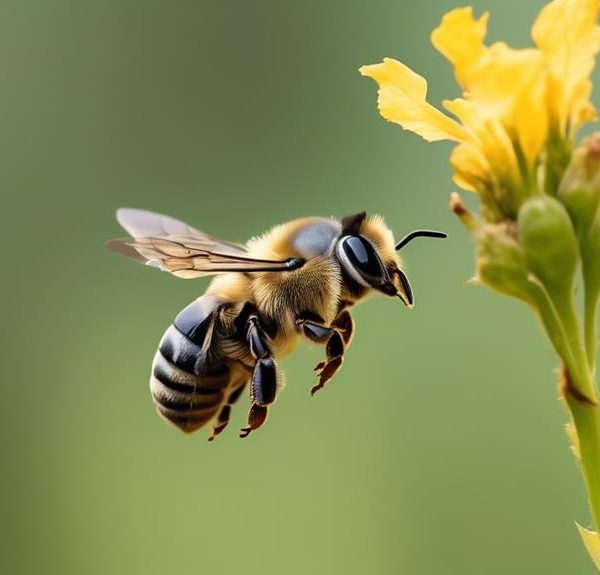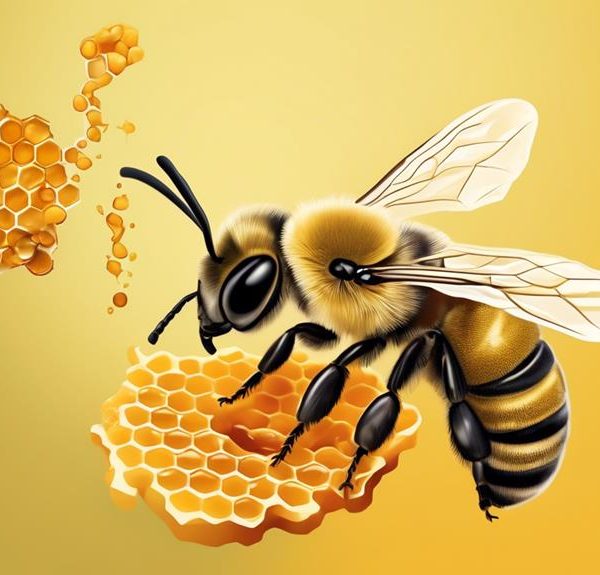Dive into the intriguing world of leaf cutter bees and discover if they're facing extinction or thriving in their leafy habitats.
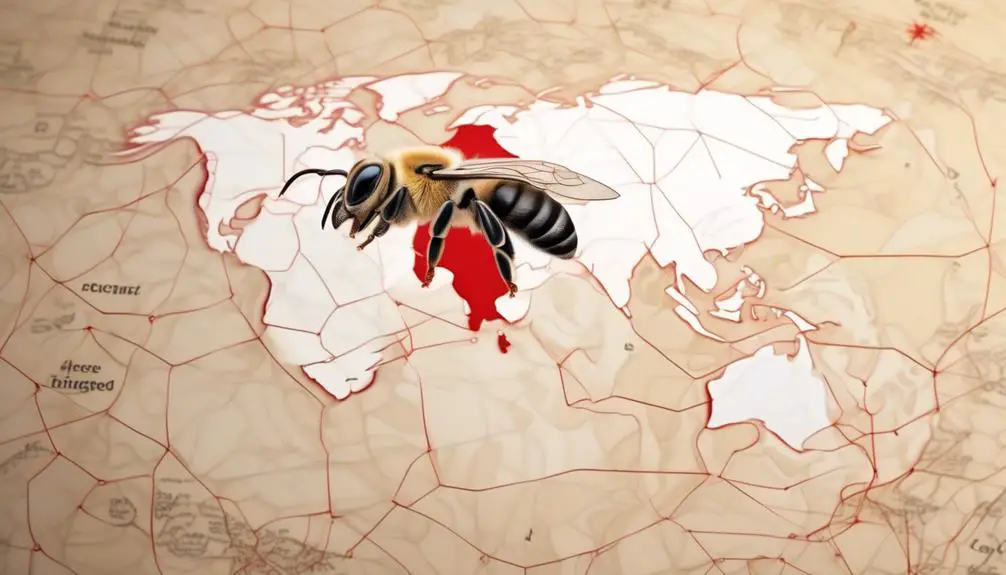
Are Leaf Cutter Bees Endangered
Like a tapestry woven with threads of countless colors, the world of nature is incredibly diverse, and you're about to explore one of its less conspicuous threads – the leaf cutter bee.
You've probably heard a lot about the plight of honeybees, but what about these leaf-loving insects? Are they, too, on the brink of extinction, or are they buzzing along just fine?
Let's embark on this journey of discovery together, where you'll uncover facts that might surprise, concern, and inspire you to action.
Key Takeaways
- Leaf cutter bees are not currently listed as endangered or threatened by the IUCN.
- However, widespread pesticide use, habitat loss, and climate change pose significant threats to their population.
- Declining leaf cutter bee populations would lead to decreased crop yield and diversity, disruption in the food chain, and increased manual pollination costs.
- To protect leaf cutter bees, it is important to limit pesticide use, plant diverse flowering plants, create nesting habitats, opt for organic pest control methods, and advocate for sustainable practices and conservation efforts.
Understanding Leaf Cutter Bees
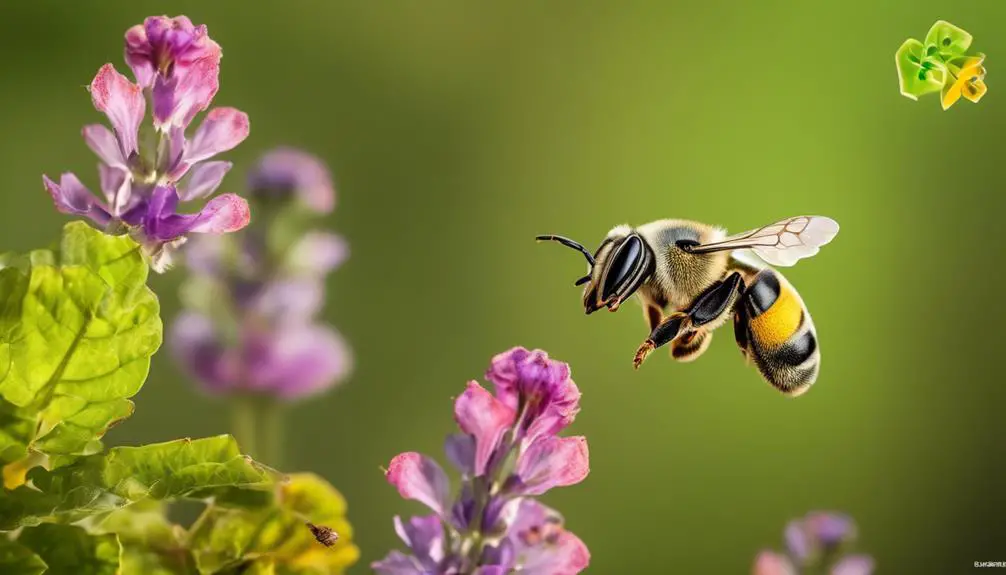
Often, you may overlook the leaf cutter bee, a highly efficient pollinator that's crucial to maintaining biodiversity in our ecosystems. You'll find these bees dwelling in a variety of habitats, such as forests, meadows, and even in your backyard garden. They're notable for their unique behavior of cutting out small circles from leaves to construct their nests.
Leaf cutter bees, scientifically known as Megachilidae, aren't your typical social bees. They're solitary creatures, meaning each female is a queen and constructs her own nest. They're equipped with strong jaws, which enable them to meticulously cut leaves for their nests. These nests are often found in rotting wood or in the ground and are filled with a mixture of nectar and pollen for the larva to feed on.
It's important to note that despite their leaf-cutting habits, these bees don't significantly harm plants. In fact, they play an integral part in the pollination process. As they move from flower to flower, gathering nectar and pollen, they inadvertently aid in the cross-fertilization of plants. This means you're witnessing an ecological service when you spot a leaf cutter bee at work.
Threats to Leaf Cutter Bees
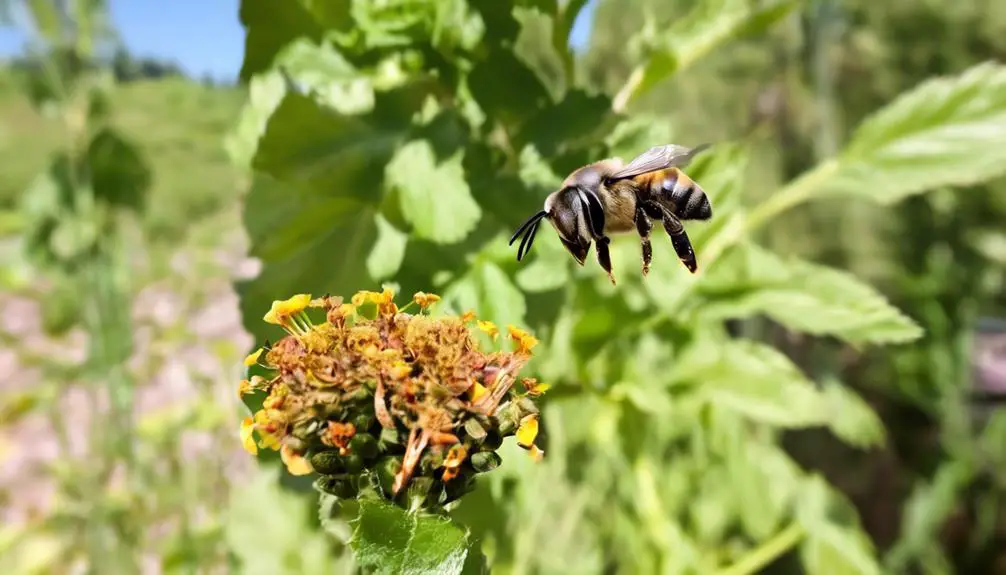
Despite their significant ecological role, leaf cutter bees are facing a myriad of threats that jeopardize their existence. These threats are primarily anthropogenic, meaning they're caused by human activities.
You might wonder, what could possibly pose a threat to these industrious insects? Well, it's a combination of factors.
Habitat destruction, for one, significantly limits their nesting sites. They're solitary bees, relying on dead wood or soil to build their nests. As we continue to reshape landscapes for agricultural or urban development, we're inadvertently destroying their homes.
Pesticides are another major concern. They're often non-selective, killing beneficial insects alongside pests. Leaf cutter bees, as vital pollinators, suffer greatly from pesticide exposure. Even at sublethal levels, these chemicals can disrupt their foraging behavior and reproduction.
Conservation Status of Leaf Cutter Bees
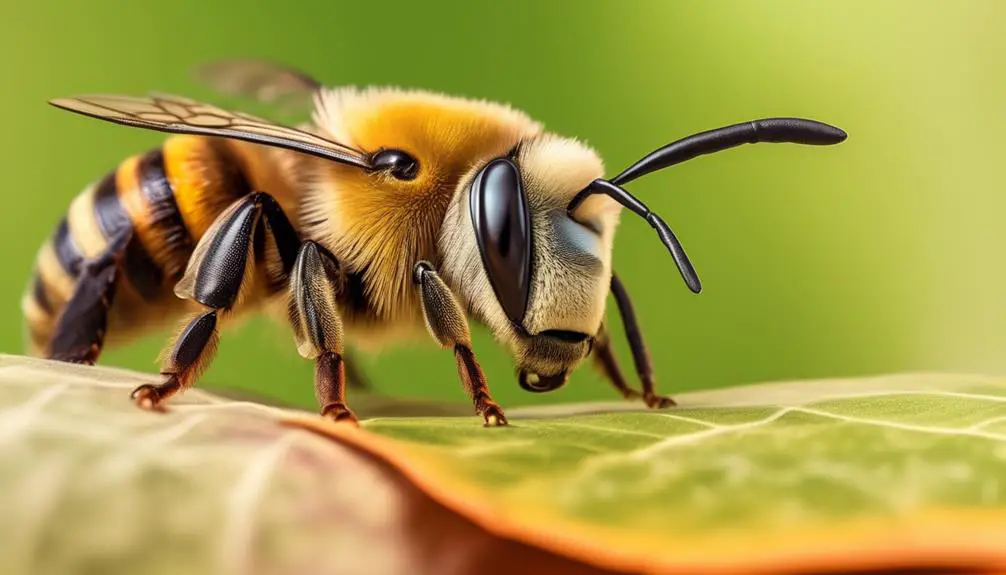
In the tug-of-war between survival and extinction, the conservation status of leaf cutter bees is a crucial topic that needs your attention. Fortunately, at present, these industrious insects aren't listed as endangered or threatened by the International Union for Conservation of Nature (IUCN). However, that doesn't mean they're completely out of the woods.
Widespread pesticide use, habitat loss, and climate change are posing significant threats to leaf cutter bees. Although they're resilient creatures, adapting to urban environments and diverse flora, these factors could tip the scales towards a decline in their population.
You might wonder, why does this matter? Well, leaf cutter bees are key pollinators, vital for the propagation of many plant species. Their decline could disrupt ecosystems, impacting biodiversity and food production. For these reasons, monitoring their status and implementing conservation measures is essential.
To safeguard these bees, scientists are conducting ongoing research to better understand their life cycle, behavior, and interactions with the environment. Conservation efforts focus on creating pesticide-free zones, promoting native plant diversity, and conserving natural habitats.
Impact of Declining Populations

While we've examined the current threats to leaf cutter bees, let's now consider the far-reaching implications that a decline in their numbers could have on our ecosystems. Leaf cutter bees are exceptional pollinators, surpassing even honeybees in efficiency. So, a significant drop in their population would have a cascading impact on pollination and food production.
Impact Area | Potential Consequences | Mitigation Strategies |
|---|---|---|
Pollination | Decreased crop yield and diversity | Integrating more pollinator-friendly practices in agriculture |
Biodiversity | Disruption in food chain and ecosystem balance | Enhancing habitat diversity and quality |
Economy | Increased cost of manual pollination | Promoting sustainable farming and conservation policies |
Food Security | Potential for increased food scarcity | Encouraging urban beekeeping and gardening |
Climate Change | Less carbon sequestration due to fewer plants | Implementing effective climate change policies |
Moreover, their decline could disrupt the balance of our ecosystems, leading to a decrease in biodiversity. Economically, we'd see increased costs for manual pollination, affecting food security. Climate change could also worsen, as fewer plants would mean less carbon sequestration. It's imperative we take steps to mitigate these potential consequences, such as enhancing habitat quality, promoting sustainable farming, and implementing effective climate policies.
Protecting Leaf Cutter Bees: Our Role
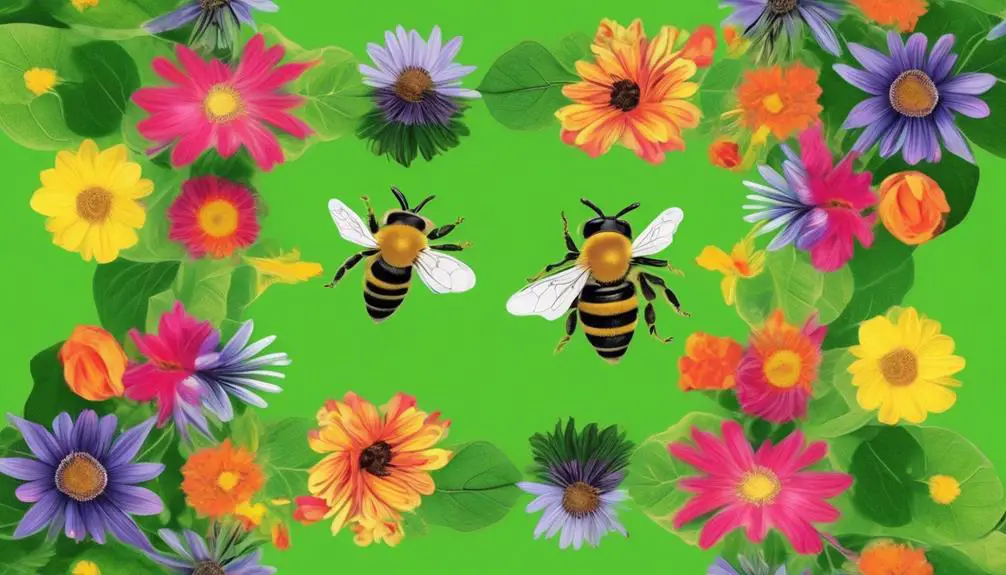
To protect leaf cutter bees and uphold the biodiversity of our ecosystems, your active involvement is crucial in implementing sustainable practices and advocating for their conservation. You can actively contribute by limiting pesticide use in your gardens, planting diverse flowering plants, and creating nesting habitats for these bees.
Pesticides, particularly neonicotinoids, are lethal to leaf cutter bees. You should opt for organic pest control methods that don't harm beneficial insects.
Additionally, maintaining a variety of native flowering plants in your garden provides forage for these bees. This facilitates their survival and propagation, enhancing pollination and crop yield in the process.
Another key factor is the availability of suitable nesting sites. Leaf cutter bees aren't colony-forming like honeybees, but solitary. They nest in dead wood or hollow stems, so leaving some of these in your garden can offer valuable habitats.
Conclusion
In conclusion, leaf cutter bees aren't officially endangered, but they do face numerous threats. Habitat loss, pesticide exposure, and climate change are all factors contributing to their declining populations.
Their reduced numbers could impact pollination, affecting our food supply. It's crucial that we take immediate steps to protect these industrious creatures, as their survival plays a critical role in our ecosystem.
Your actions can make the difference.

